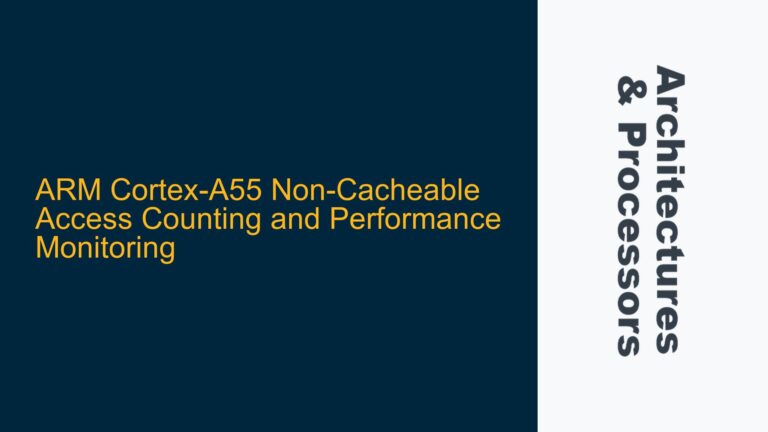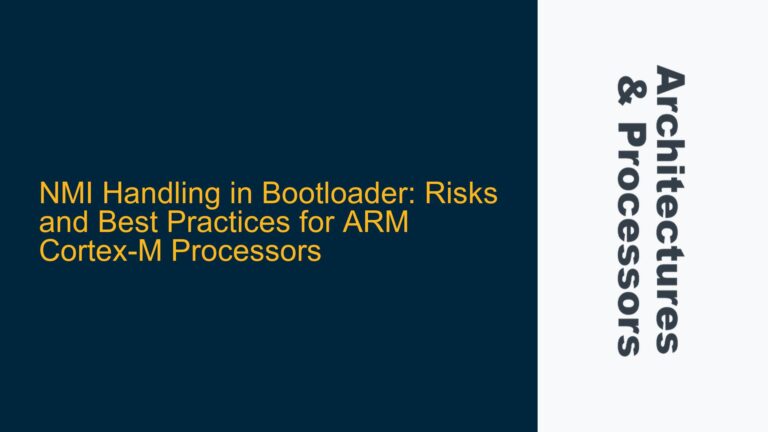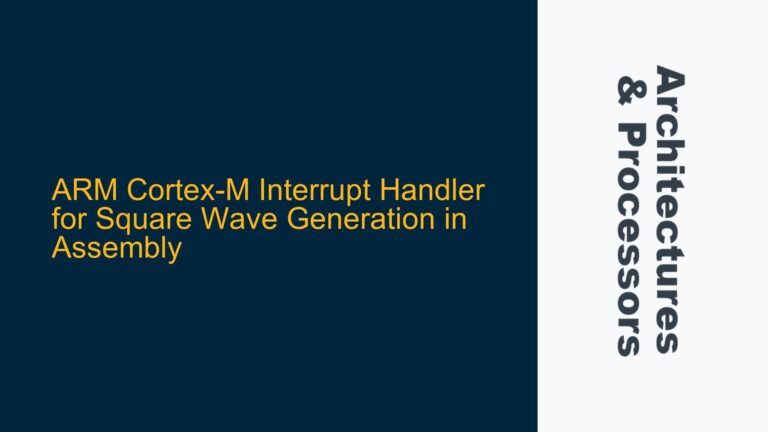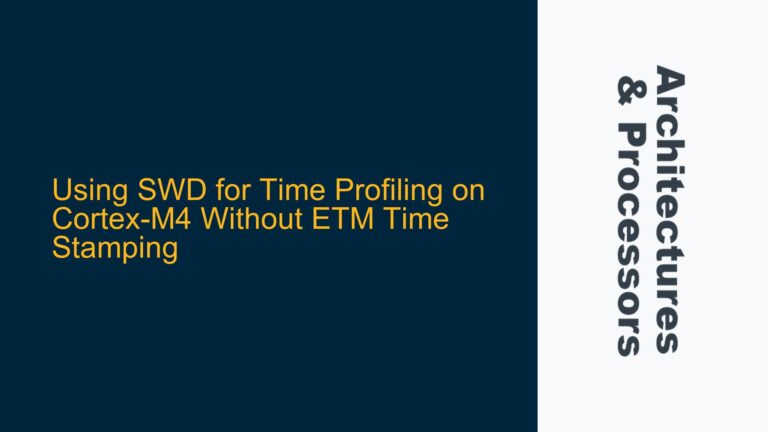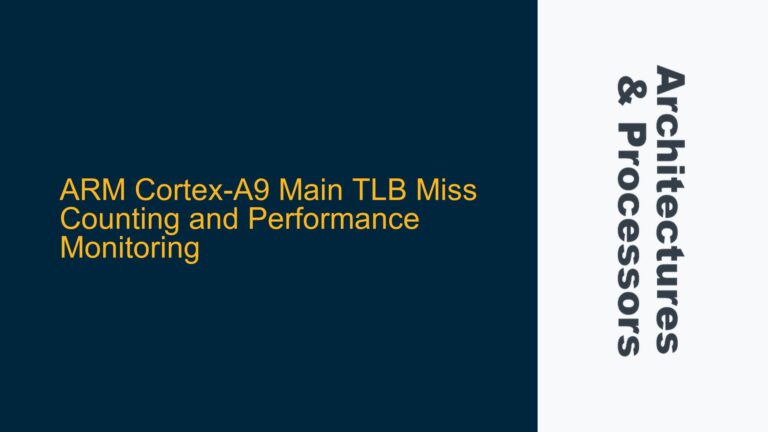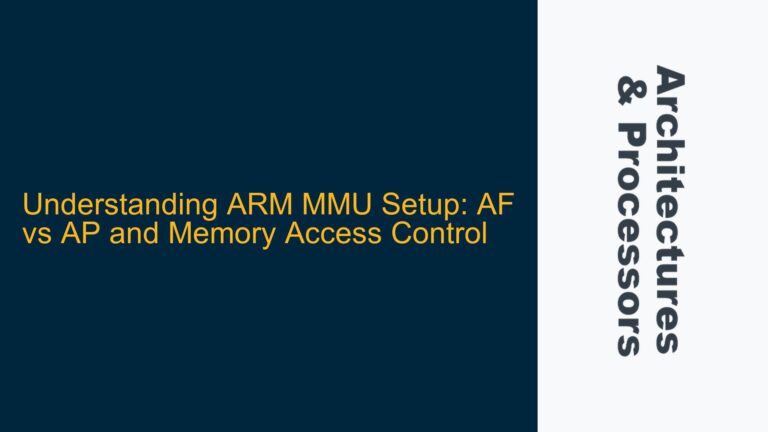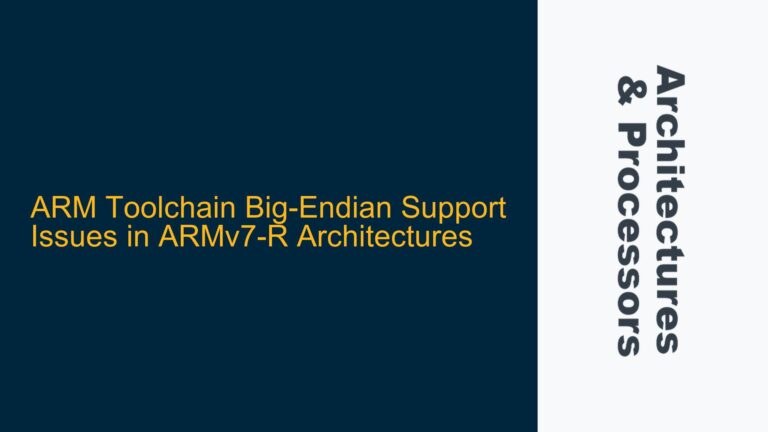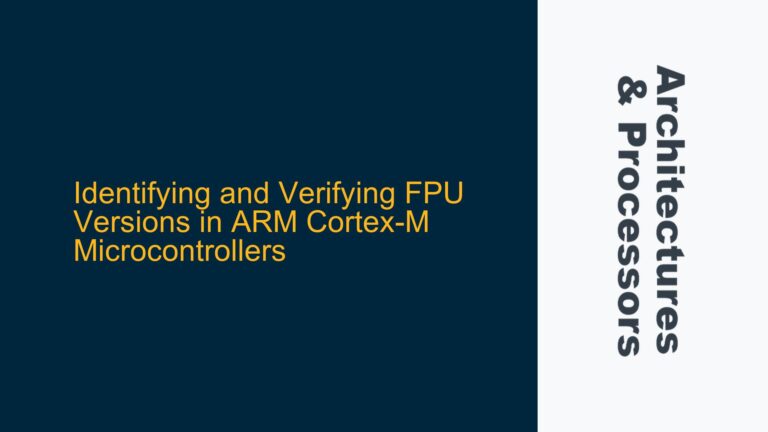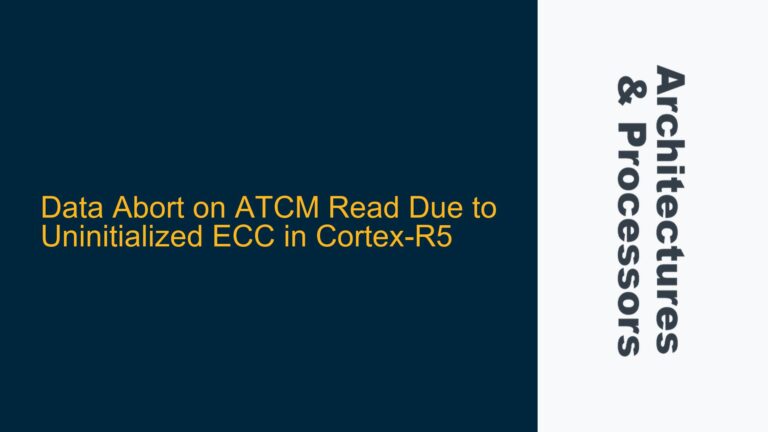ARM Cortex-A55 Non-Cacheable Access Counting and Performance Monitoring
ARM Cortex-A55 PMU Limitations in Counting Non-Cacheable Accesses The ARM Cortex-A55 processor, a member of the ARMv8-A architecture family, is widely used in embedded systems for its balance of performance and power efficiency. One of its key features is the Performance Monitoring Unit (PMU), which provides hardware counters to track various events, such as cache…
